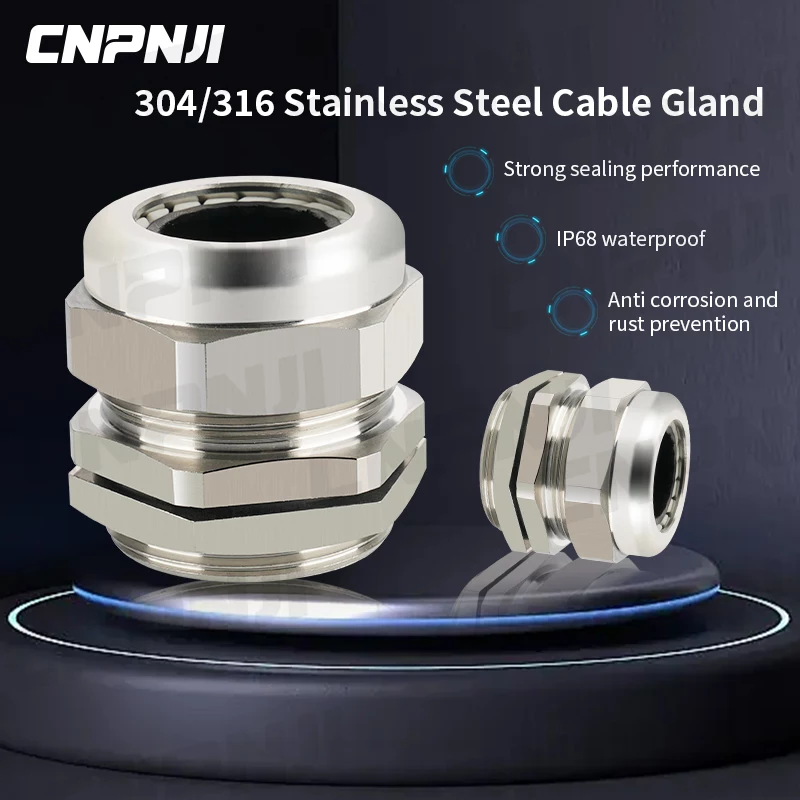Introduction of stainless steel joints

Stainless steel joints are essential components for connecting stainless steel pipes, known for their adaptability in various applications, particularly in environments demanding resistance to corrosion, high temperatures, and high pressures. Here's an overview of stainless steel joints:
-
Material Characteristics: These joints are often crafted from stainless steel varieties like 304, 316, or 316L, noted for their excellent corrosion resistance and mechanical strength.
-
Types:
- Compression Joints: Ideal for smaller pipes, these are easy to install, connecting pipes through compression.
- Threaded Joints: Employing internal or external threads, these joints are designed for small to medium diameter pipes, connecting via screw threads.
- Welded Joints: Best for larger pipes or those requiring higher pressure tolerance, these joints are permanently welded to the pipe.
- Flange Joints: Used in systems where pipes need frequent dismantling or inspection. Pipes are connected by bolting two flanges together.
-
Applications: These joints are integral in industries like petroleum, chemical, marine, food processing, and pharmaceutical, playing a crucial role in their pipeline systems.
-
Advantages:
- Remarkable resistance to corrosion, making them ideal for various chemical environments.
- Capable of withstanding high temperatures and pressures.
- Possess intrinsic tensile and compressive strengths.
-
Installation and Maintenance: Proper installation requires attention to the joint type and compatibility with the pipe’s material and size. Regular maintenance checks for sealing and integrity are also essential.
-
Selection Considerations: Choosing the right stainless steel joint involves evaluating the pipe material, operational environment factors like temperature, pressure, and media corrosiveness, as well as pipe size.
Given their distinctive features and wide range of applications, stainless steel joints are crucial in contemporary industrial pipeline systems.
